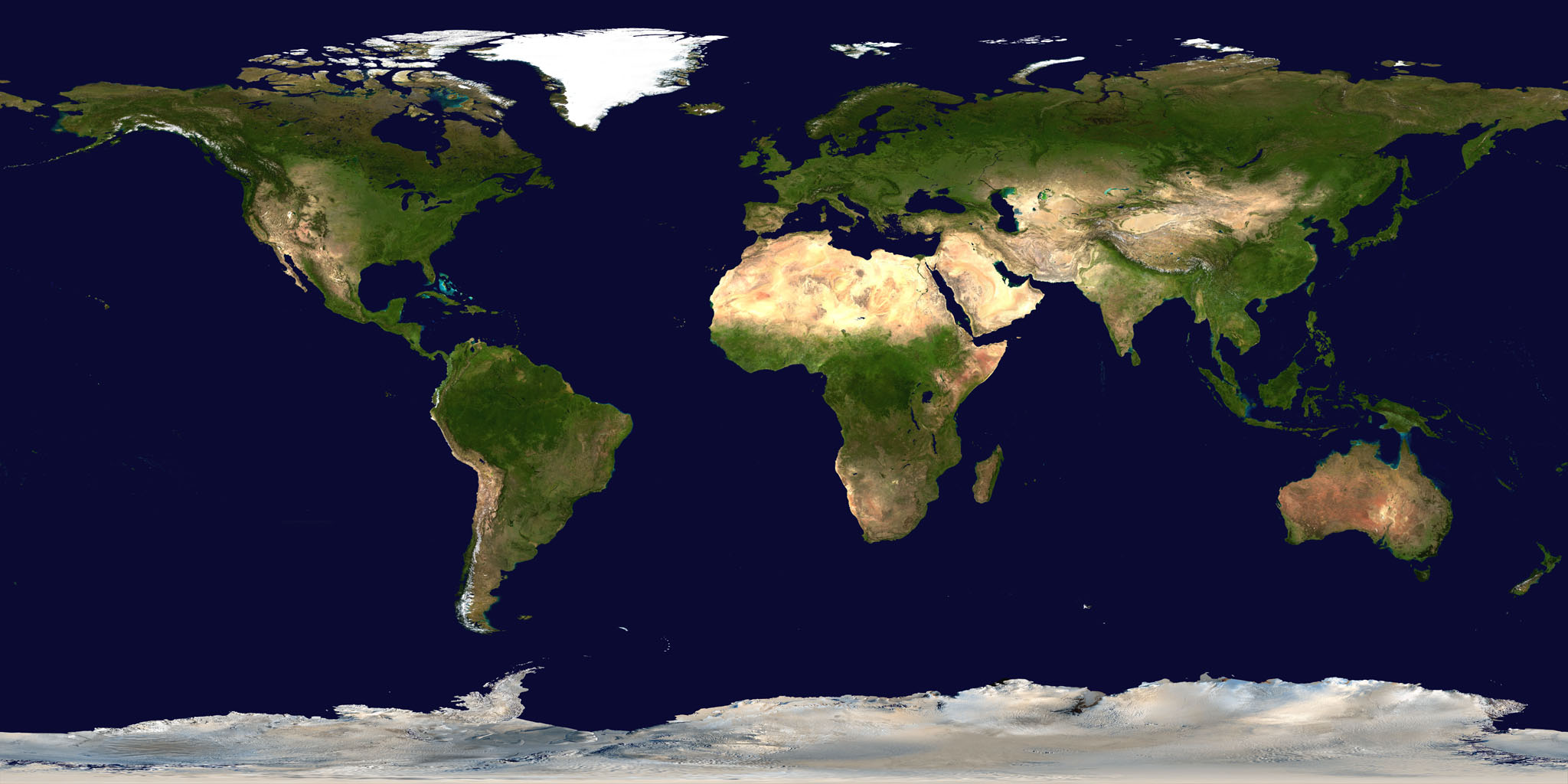Blue Marble Download Geotiff Areal Photography
Forty years ago, on Christmas Eve 1972, NASA released a gift to the public, the “Blue Marble” image of the whole Earth from space. This photograph was unplanned and originally unwanted by NASA, but it quickly became one of the most reproduced images on Earth.1The astronauts aboard Apollo 17 were the first humans to find themselves in that sweet spot between the earth and the sun that offers a full view of the planet. It was an unprecedented photo op at 28,000 miles, and it has never occurred since. Other photos and compilations were made of Earth from space, but there is something about the clarity, colour, and serendipity of this photograph that sets it apart. It became the iconic image of the environmentalist movement and the epitome of remote sensing in the twentieth century.In part three of our series on practical Geographic Information Systems (GIS) guides for historians we look at air photos and remote sensing.
- Blue Marble Download Geotiff Aerial Photography Photos
- Blue Marble Download Geotiff Aerial Photography 2017
- Geotiff Maps

Blue Marble Download Geotiff Aerial Photography Photos

Blue Marble Download Geotiff Aerial Photography 2017

Remote sensing is the observation of any phenomenon from a distance, or a study made without handling the subject. In a way, all historians practice it. In geospatial terms, remote sensing is the analysis of geographic data captured from the air or space.We have always been capable of imagining the landscape from above. One of the earliest maps is an oblique aerial view of the Paleolithic town Catalhoyuk, and bird’s eye views of cities became popular in early modern Europe. Of course these were stylized maps and not actually based on remote sensing. But there is a universal desire to see the world from above, or at least to understand the things we can’t reach.
Geotiff Maps
Some of the first Canadian maps created from remote sensing data were navigational charts of coasts and river bottoms. In the late nineteenth century, photogrammetry was used for mapping, especially in mountain terrain.